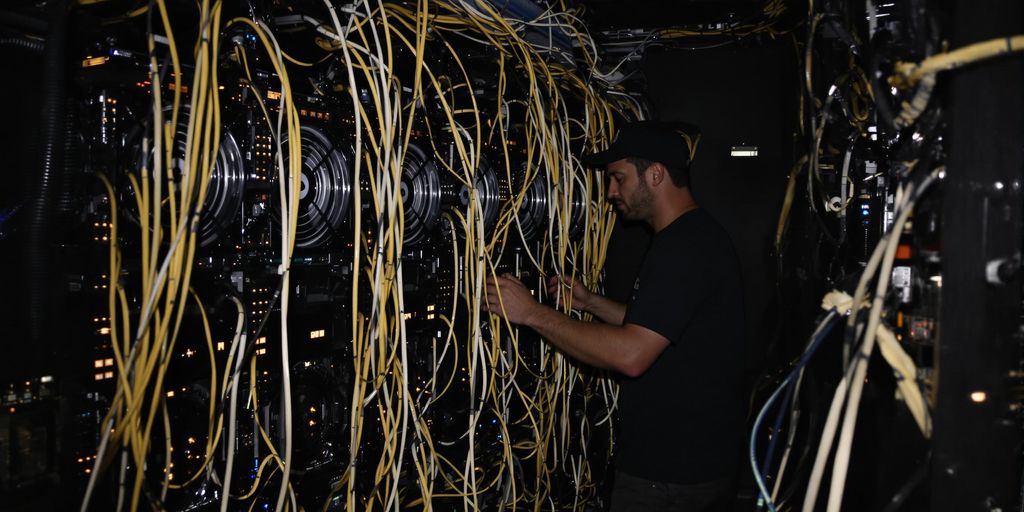Bitcoin mining is facing new challenges as the Full Fixed Per Sale (FPPS) payout model impacts miners’ earnings. While FPPS offers predictability in payouts, it comes with hidden costs that could affect profitability in an increasingly competitive landscape.
Key Takeaways
- FPPS provides stable payouts but at a higher cost to miners.
- Miners forfeit potential transaction fee spikes under FPPS.
- The sustainability of FPPS is in question as transaction fees rise.
Understanding Bitcoin Mining Economics
Bitcoin mining is inherently risky due to its reliance on statistical probabilities. Miners must invest heavily in hardware and electricity, yet the rewards are uncertain. With only 144 blocks mined daily, smaller miners face significant challenges in ensuring consistent revenue.
To mitigate these risks, many miners join mining pools, where they combine their resources to increase the likelihood of finding blocks. This collective approach allows for more frequent payouts, but it introduces variability in earnings due to factors like pool luck and transaction fees.
The Role of FPPS in Mining Pools
The FPPS payout model has become popular among mining pools as it offers miners a predictable income stream. Under this model, miners receive payments based on the expected value of their hashing power, regardless of the actual blocks mined or transaction fees collected.
However, this predictability comes at a cost. Mining pools must maintain substantial capital reserves to cover potential losses during unlucky streaks. As a result, miners often face higher fees, which can eat into their profits.
The Downsides of FPPS
While FPPS provides stability, it also has significant drawbacks:
- Higher Pool Fees: To sustain the FPPS model, pools charge higher fees, reducing miners’ overall earnings.
- Loss of Transaction Fee Revenue: Miners miss out on potential earnings from transaction fee spikes, as payouts are based on historical data rather than real-time conditions.
- Sustainability Concerns: As transaction fees become a larger portion of block rewards, the FPPS model may become unsustainable, leading to increased costs for miners.
Future of Mining Payout Models
As the Bitcoin mining landscape evolves, miners may need to explore alternative payout models to maximize profitability. The Pay Per Last N Shares (PPLNS) method, for example, offers a more direct correlation between contributions and payouts, albeit with higher risk.
With the entry of larger players, such as energy companies, into the mining sector, innovative risk management tools and payout schemes are likely to emerge. These developments could provide miners with more options to hedge against the inherent risks of mining.
Conclusion
The FPPS payout model has transformed the way Bitcoin miners earn their rewards, offering stability at a cost. As transaction fees rise and the mining landscape becomes more competitive, miners must adapt and consider alternative strategies to ensure their long-term profitability. The future of Bitcoin mining may depend on finding a balance between risk and reward in an ever-changing environment.
Sources
- FPPS Is Not A Free Lunch For Bitcoin Miners, Bitcoin Magazine.
